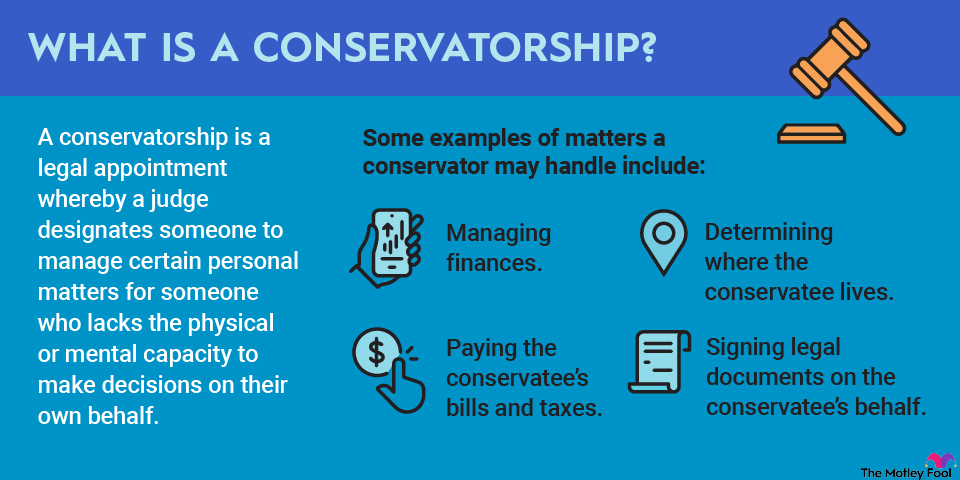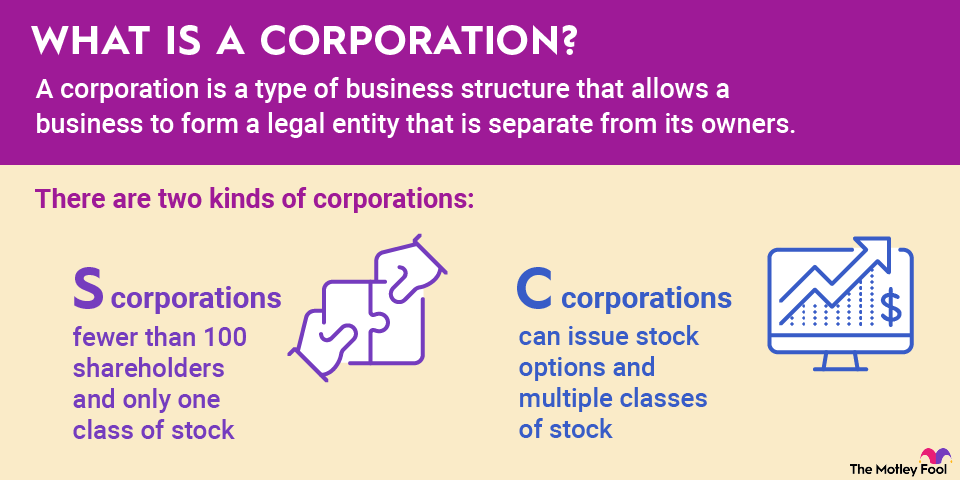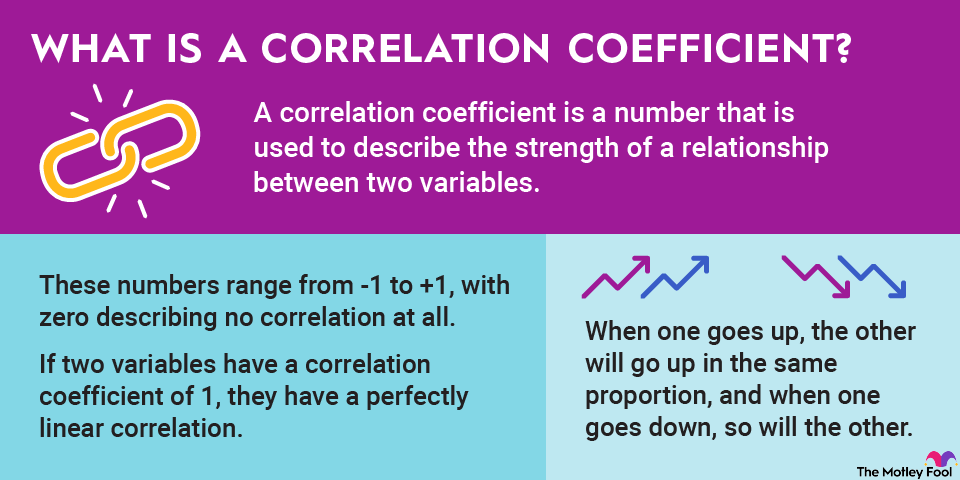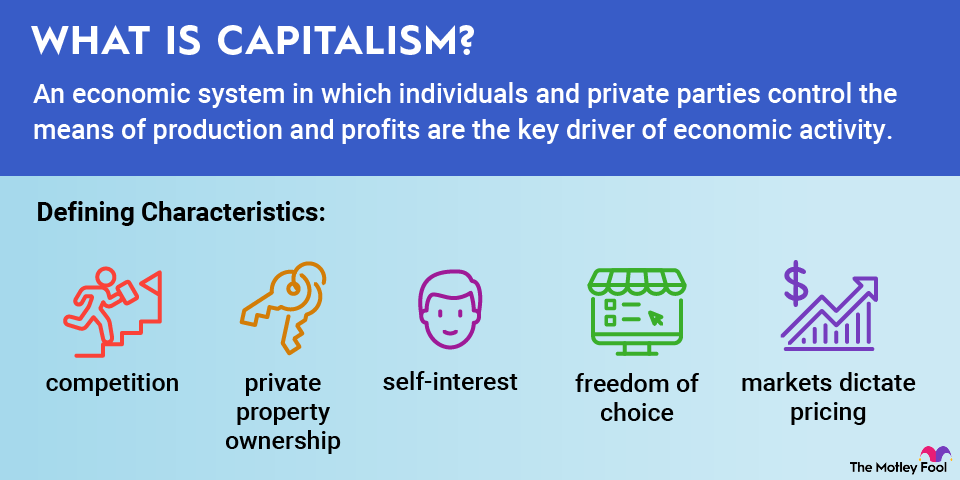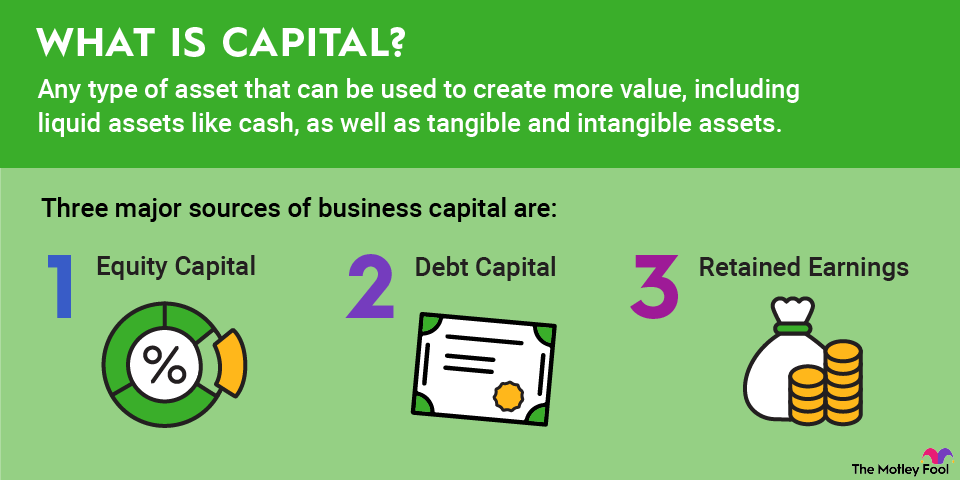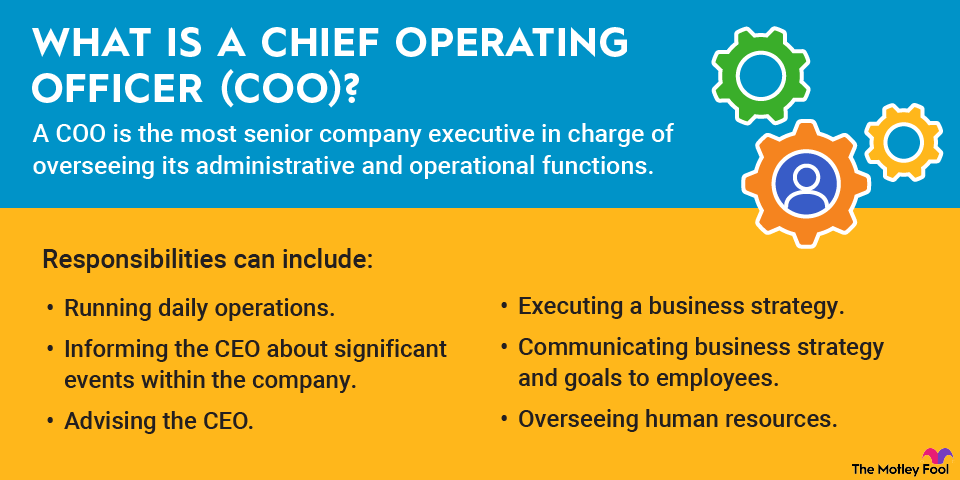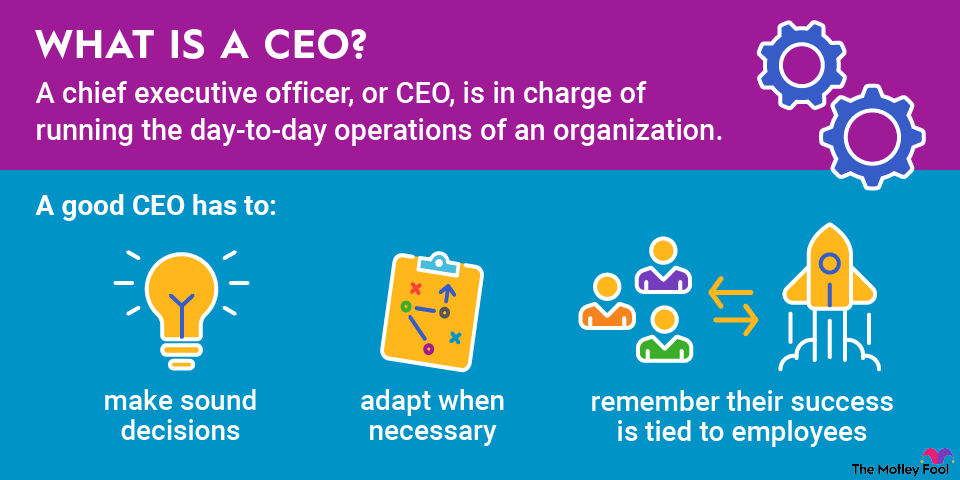A conglomerate is somewhat similar to the Japanese keiretsu concept, where several separate companies intertwine their operations and management structures over time, such as the Mitsui (OTC:MITS.Y) keiretsu, which includes industries ranging from real estate to energy utilities.
Automaker giant Toyota (NASDAQ:TM), with its sprawling network of component manufacturers, operates a similarly interconnected group but maintains a unique, more independent structure than a traditional keiretsu. Toyota collaborates closely with the Mitsui keiretsu, standing apart from the other leading groups.
Just across the Sea of Japan, South Korean businesses are often grouped under large family-controlled conglomerates known as chaebols, which are similar in their diversity but different in their governance. Leading chaebols, like Samsung (OTC:SSNL.F), LG (LPL -0.90%), and Hyundai (OTC:HYMTF), have operations in various sectors, such as electronics manufacturing, financial services, and healthcare.
Why does it matter?
Diversification is the heart of a conglomerate's appeal.
By having fingers in multiple pies, conglomerates can stabilize their revenue streams, balancing out the losses in one area with gains in another. For investors, this can translate to steadier returns in tumultuous markets.
